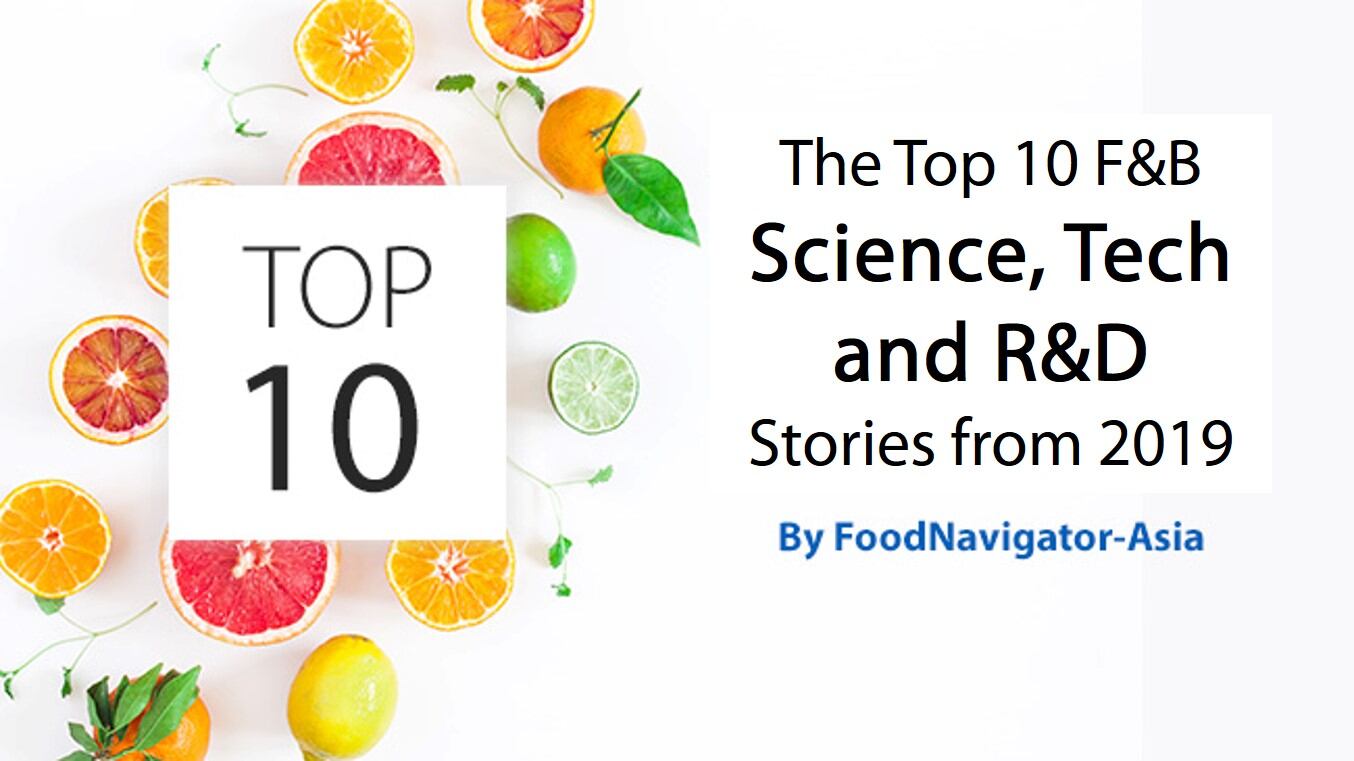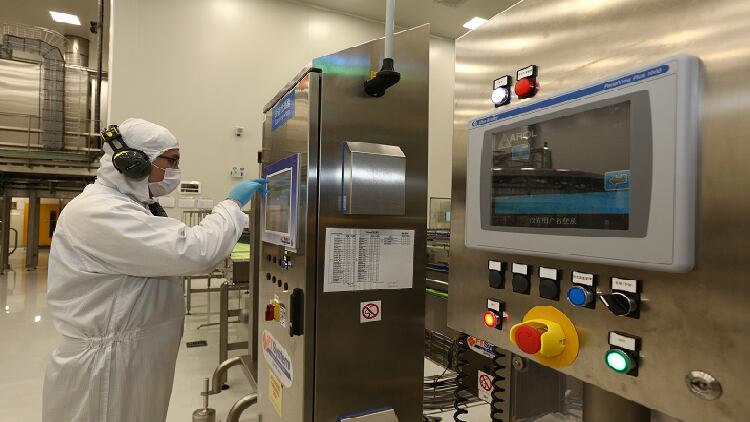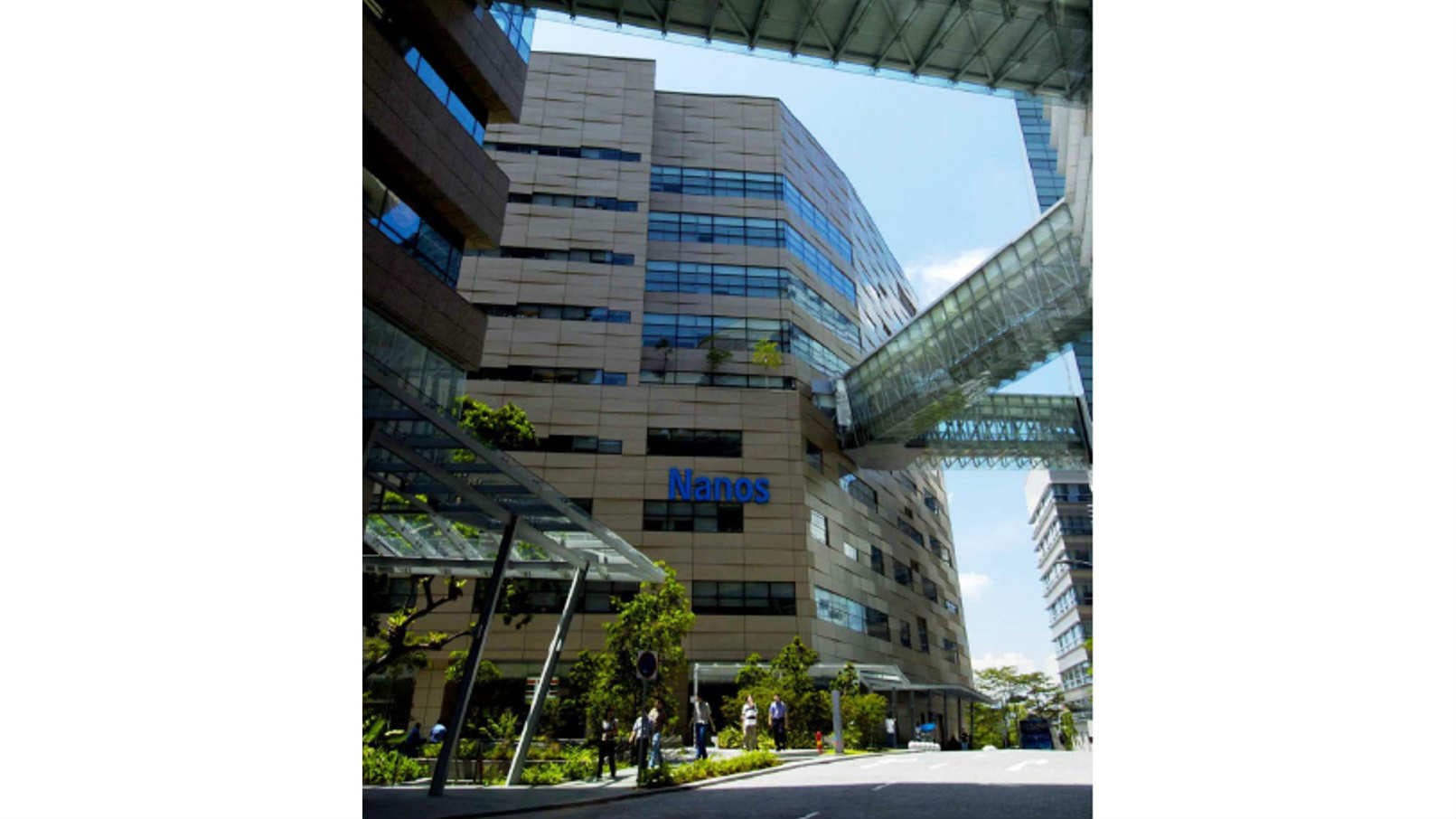New halal blockchain traceability tool touted as a supply chain ‘gamechanger’
An online halal agrifood marketplace with a focus on blockchain food traceability, is poised to bring added traceability benefits to the halal economy.
OneAgrix's B2B platform will not only be able to track and trace halal produce and ingrediens, it will verify the authenticity of a manufacturer's halal certificate before a potential buyer can make a purchase. The data will be vetted and secured through a blockchain ledger to help combat halal food fraud and counterfeiting.
Blockchain is essentially an immutable records system whereby each part of the supply chain registers details that cannot be changed except through the full agreement of every member of the chain. By creating records that cannot be changed, traceability can be ensured.
It is widely recognised that a spate of fake halal products and dodgy certification has brought a growing need for more transparency in the segment. With blockchain already being used in the mainstream food industry, OneAgrix's is taking it to the halal segment with a solution powered by the OriginTrail protocol developed by Hong Kong tech startup Trace Labs.
Trace what matters: Is Blockchain the solution to food safety, quality and brand reputation?
Blockchain technology is now a commonly discussed topic in the food manufacturing industry, but what tangible benefits can it deliver? In this edition of Asia’s Food Future: Industry 4.0, we zoom in on this topic to assess its potential across food safety, quality and retail.
Blockchain has its beginnings in Bitcoin, a ‘peer-to-peer version of electronic cash. The technology was created 10 years ago in 2009 or so to support Bitcoin transaction systems by its founder, a mysterious persona known as Satoshi Nakamoto whose identity remains unknown.
“[Blockchain is essentially] a distributed database that stores data across a network of computers that share information peer-to-peer without the need for a central authority,” explained Alex Vitale, Project Manager at Foodchain, a blockchain technology provider that specialises in food industry applications.
“[Its] digital infrastructure consists of a network made up of ‘nodes’ that are interconnected. Each node is committed to the network’s record keeping by storing an identical copy of the ledger book.
‘Predicting the future’: Can artificial intelligence help slash food and beverage NPD timescales?
Singapore-based AI Palette claims to have developed an artificial intelligence (AI)-based platform that can help FMCG food firms create ‘successful products’ and shorten the NPD process, thus also increasing products’ speed to market.
According to AI Palette Co-Founder and CEO Som Choudhuri, the tech firm addresses two of the biggest challenges that FMCG food companies face today, which are speed and the creation of successful products.
“Some 90% of products launched by the food industry tends to fail due to poor consumer response,” Chouduri told FoodNavigator-Asia.
“These failures are expensive at roughly US$5mn per failure, not to mention the years of time and effort put into the product development process.”
“Creating successful products is very much like trying to predict the future, it’s a really hard process. Traditional methods are either early but qualitative, such as trend prediction, or quantitative but late. There is clearly a big data gap in the innovation process.”
Food additive found in over 900 common food products increases risk of cancer and gut disease: Study
Researchers at the University of Sydney have discovered that the food additive E171 - commonly known as titanium dioxide and found in over 900 common food products - significantly increases the risk of gut disease and cancer.
Titanium dioxide nanoparticles can be present in products including mayonnaise and chewing gum. It is normally found in ’high quantities’ as it has a whitening function.
“[This means that] E171 is consumed in high proportion everyday by the general population,” said the study’s official statement.
According to study co-lead author Associate Professor Wojciech Chrzanowski: “It is well established that dietary composition has an impact on physiology and health, yet the role of food additives is poorly understood.”
“This study presents pivotal evidence that consumption of food containing food additive E171 (titanium dioxide) affects gut microbiota [and inflammation], which could lead to [various gut-related] diseases.”
Tech focus: Nestle China joins forces with Microsoft to digitize business and speed up innovation
Nestle has signed a strategic agreement with Microsoft to collaborate towards the digitalisation of its business in China, with an eye on expanding this into the global market in future.
The aim for Nestle is to pioneer the usage of Microsoft’s platform and technological innovations in tandem with its own FMCG expertise to ramp up its digital capabilities.
“In this fast-changing era, Nestle has committed to transforming good ideas into great quality products at a faster pace to keep up with fast-changing consumer demands,” Rashid Qureshi, Chairman and CEO of Nestle Greater China told us.
“We believe Microsoft is a trusted partner that can provide [us with] competitive technology, and look forward to extending the outcomes [we obtain] in China to the rest of the world.”
Microsoft Corporate Vice President and Microsoft Greater China Region Chairman and CEO Alain Crozier revealed via an official statement that the three major services employed in China for digital enterprise transformation are Azure, Office 365 and Dynamics 365, supported by AI services and its cloud computing platform.
Unlikely effects and ridiculous claims: Are 'superfoods' the new food fraud?
A dietitian from the Queensland University of Technology (QUT) has claimed that many superfoods' health claims are "unlikely" to work, "ridiculous" and "similar to food fraud".
“New ‘superfoods’ come and go and often confuse the public on what healthy eating is,” said Dr Helen Vidgen.
Dr Vidgen came to this conclusion after an investigatory assignment she commissioned her nutrition, dietetics and pharmacy students to carry out revealed that none of the investigated superfoods had scientifically solid backing for their claims.
“We were looking at nutrition and diet through the life cycle, and how different superfood products are being promoted to people at different stages in their life cycle (e.g. pregnancy, first-time mothers etc.), why these would be attractive to them, how true the claims actually are and so on,” she explained to FoodNavigator-Asia.
Smart cap solution: Danone uses packaging innovation to make personalisation more accessible
Danone's collaboration with Israeli smart packaging start-up Water.io promises offer personalisation through everyday consumer goods by allowing users to track their hydration levels.
Under this partnership, Danone will incorporate Water.io’s ‘smart cap’ technology into its Spanish mineral water brand, Font Vella.
According to Danone, the cap is synced to a mobile app called Coach2O, which helps to monitor its user’s water consumption so it can “coach them towards adequate hydration”.
The user enters his personal profile (including details such as age, gender, height and weight) into the app, which then builds a unique hydration profile for him based on his details and level of physical activity. It also allows him to set daily hydration targets, and adjust the settings to suit his requirements.
The smart cap tracks how often the user opens and closes the bottle daily so it knows how much water he drinks, and emits a blinking light to indicate when he needs to hydrate, whereupon the app will send a notification to remind him of the same.
Evolution of protein: Four key trends spanning plant-based, meat, dairy and fish protein to 2025
Four key trends will lead to shifts in the major sources of protein consumption by 2025, according to a major new study commissioned by Food Innovation Australia Limited (FIAL) which analysed 50 food types across 11 regional markets.
The six protein categories were: Plant-based, Meat, Eggs & dairy, Wild catch fisheries, Aquaculture and Non-traditional (Insects, Micro-algae and Lab-grown meat).
According to the report, in 2018 plant-based proteins (including wheat, rice, maize, potatoes, etc.) supplied 66% of global protein consumption (150 million tonnes in total), and this pattern is expected to continue through to 2025.
The growth rate for plant-based from 2018 to 2025 (14%) is expected to fall behind categories such as non-traditional proteins (872%) and aquaculture (74%), but it is predicted to remain the largest protein supply in terms of absolute value.
Poorly understood allergy: Academics highlight FPIES triggers, including rice and milk
Australian academics have drawn attention to a 'poorly understood' food allergy — Food Protein-Induced Enterocolitis Syndrome (FPIES), which is often misdiagnosed in infants as sepsis or gastroenteritis.
The most common food triggers for FPIES are rice, cow’s milk, egg, oats and chicken.
FPIES typically presents between one and four hours after ingestion of the trigger food, with symptoms including profuse vomiting, pallor and lethargy. Other features can include hypotension, hypothermia, diarrhoea, neutrophilia and thrombocytosis.
Co-authors of a new narrative review, Dr Sam Mehr, a paediatric immunologist and allergist at Royal Melbourne Hospital, and Professor Dianne Campbell, Chair of Paediatric Allergy and Clinical Immunology at the University of Sydney, and Children’s Hospital, Westmead, noted:
“Diagnosis is often hampered by the lack of awareness of FPIES, absence of reliable biomarkers, the non-specific nature of the presenting symptoms, and the delay between allergen exposure and symptoms.”
Protein potential: Indian F&B manufacturers urged to capitalise on prospects in high-protein product category
Food and beverage firms in India have been advised to focus on high-protein product innovation, as over 25% of all Indian consumers feel that there is a lack of such items in the country, according to a new report.
According to the Mintel Global New Products Database (GNPD), only 5% of food and drink products that were launched in the country across the past two years (2016 to 2018) had high or added protein claims - Of these, 84% were food products and just 16% were drinks.
"Currently, high or added protein claims exist in very niche categories like cereal bars and meal replacement drinks, which tend to have smaller audiences in India,” said Mintel India Food & Drink Analyst Natasha Kumar.
The report also found that over one in four (27%) of all Indian consumers ‘strongly agree’ as to the lack of enough high-protein packaged food and drink products in the market.





